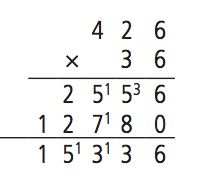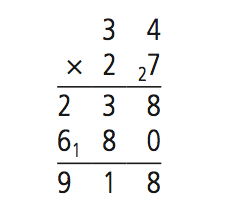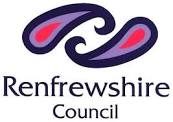
Spelling
When you say a word slowly, you can hear how many beats or syllables it has. You can tap out the syllables of a word, as you say it, to help you spell it. Each syllable must contain at least one vowel.

Click to enlarge
Task 1
- Say each of the words slowly
- Tap out the syllables.
- Copy the table into your jotters
- Write each word in the correct column of the table.
* There will be 8 words in each column.
Task 2
Choose 10 words you found difficult and complete 3 active spelling activities for each words from the link below.

Click to enlarge
Reading – Holes

Click to read chapters 1-3
Today we are going to begin our new class novel ‘Holes’ by Louis Sachar. I want you to read the first 3 chapters and answer the following questions.
- Where is the story set?
- What creatures can be found in Camp Green Lake?
- What is the most dangerous animal out in Camp Green Lake?
- Who is the main character?
- Why did Stanley end up in Camp Green Lake?
- What is strange about Camp Green Lake?
- Why does no one live in the town of Green Lake anymore?
- What do you think is meant by ‘the warden owns the shade’?
- Why do you think Stanley and his family just pretended he was going to a nice camp?
- How did Stanley feel when he got to Camp Green Lake?











 Video explanation
Video explanation






















